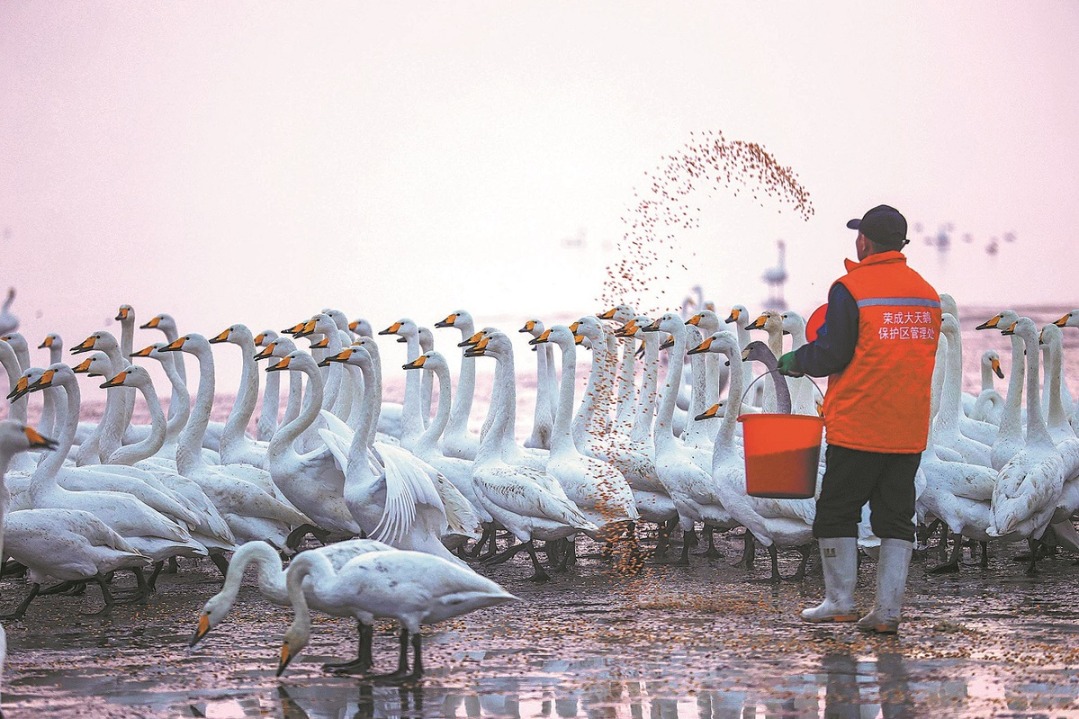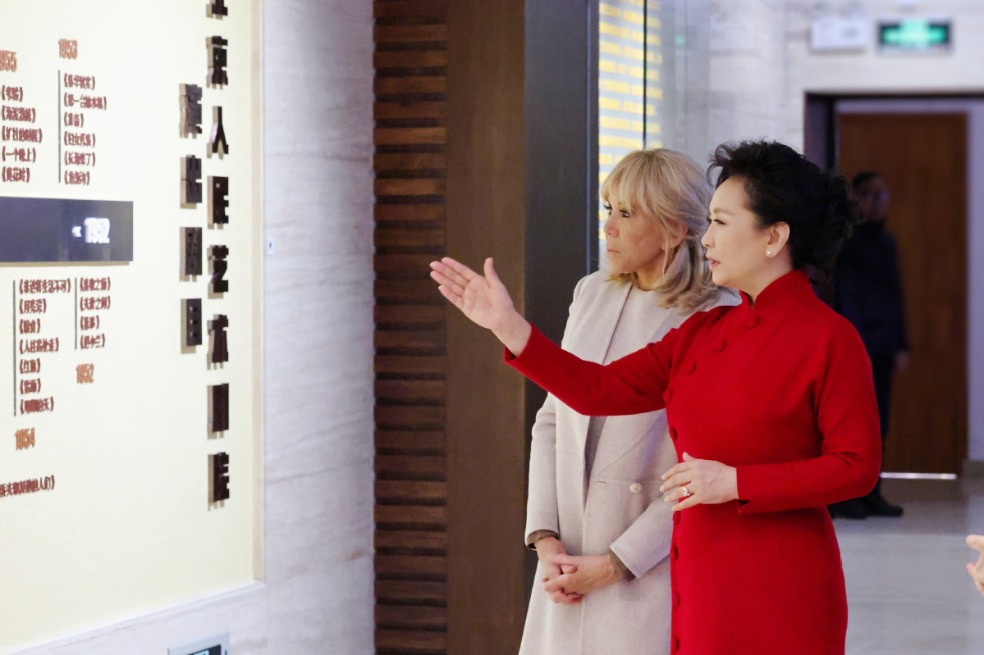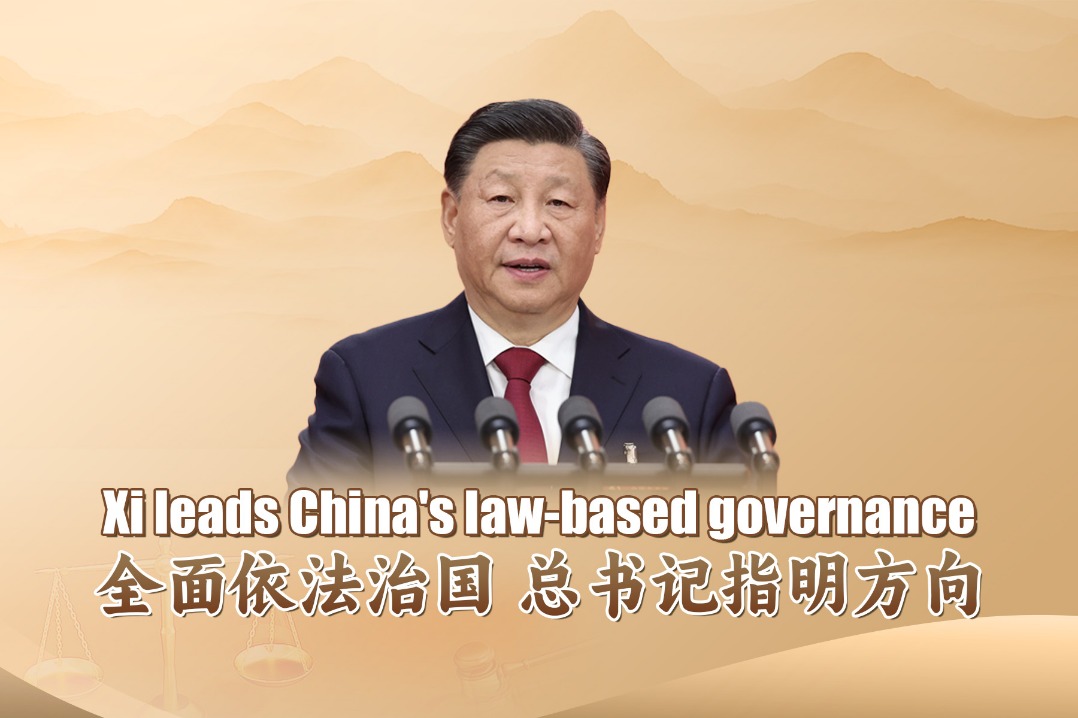China's road to carbon neutrality


Greater investment, new technologies and stronger public awareness of climate issues will enable 2060 target to be reached
At the 75th United Nations General Assembly on Sept 22, President Xi Jinping stated China's commitment to reach carbon neutrality by 2060. The commitment reflects China's long-term vision of collective global climate action to control the global temperature rise. It also marks China's determination to commit to and invest in this vision. Our analysis shows that to achieve carbon neutrality by 2060, China needs to take immediate action, strive to follow the 1.5 C pathway set in the Paris Agreement and work toward a 75 percent to 85 percent reduction in greenhouse gas emissions by 2050. China will have to increase investment significantly, develop new technologies and push for much stronger public awareness of climate issues to achieve this goal.
China has an irreplaceable role to play in the global efforts to combat climate change. If China does not take proactive measures, the rest of the world must reduce emissions by over 95 percent, or even realize negative emissions by 2050 to control the temperature rise within 1.5 C, which is next to impossible. But in pursuing this climate goal, China can develop more sustainably and also significantly benefit the Chinese people. The health and quality of life and the well-being of people is strongly linked with reducing emissions and pollution, securing greater crop yields and avoiding natural disasters. The green economy could also contribute 2 percent of the projected GDP growth by 2050, and reduce China's fossil fuel consumption by around 80 percent, lowering its dependence on non-renewable and imported energy, while also boosting the competitiveness of China's green energy exports.
The "Climate Plan for China "produced by Boston Consulting Group breaks down China's climate commitment into a practical pathway. It translates China's ambitious target into more than 50 specific initiatives, listing the de-carbonization contribution and incurred investment for each of them. Although some breakthroughs are required, the pathway is highly realistic considering China's existing capabilities in relevant areas such as nuclear power, solar, wind, new energy vehicles, and future potential scale-up and technology improvement.
We classified the identified emissions reduction initiatives into four categories: change of energy sources, improving operation efficiency, improving energy efficiency, and carbon capture and storage technology. Of these four categories, change of energy sources would have the biggest impact-accounting for around 70 percent of the total reduction in greenhouse gas emissions, mainly from clean power generation such as renewable and nuclear power in the energy sector and electrification in the transport sector. Improving the efficiency of operations would have the second-biggest impact-accounting for around 20 percent of greenhouse gas reductions, with process innovation and sustainable agriculture initiatives making up the largest share. In addition, carbon capture and storage technology would also have a sizable impact. Since it is not realistic for China to completely eradicate fossil fuels from its energy mix, the adoption of carbon capture and storage would be a must to clear up the remaining emissions
China will need to take decisive measures in the energy, industry, transport, building, and agriculture sectors in order to reach carbon neutrality. Under the 1.5 C pathway, each of the sectors will need to reduce emissions by 60 percent to 105 percent, meaning close to zero emissions for some industries. This requires decisive policy support and mechanism reform, as well as effective carbon reduction levers to push sector upgrading, company transformation and public awareness. For example, the energy sector should be reformed to encourage fair competition and technological innovation. The industry sector should promote process innovation, and help companies establish emissions monitoring and management capabilities. The transportation and building sectors should push for the electrification of vehicles, cooking appliances and water boilers.
To achieve the 1.5 C target, our analysis shows that China will need to invest 90 trillion yuan ($13 trillion) to 100 trillion yuan on climate measures by 2050, equivalent to about 2 percent of its expected cumulative GDP from 2020-50. The biggest investment will be in the transport sector, to cover vehicle electrification and the development of clean aviation fuels. The energy sector will also need major investments, in order to expand the use of renewable energy, nuclear and carbon capture and storage technology. At the same time, process innovation in the industry sector, as well as the adoption of heat pumps in the building sector and waste treatment technology in the agricultural sector will also account for a significant share.
To realize carbon neutrality by 2060, China needs to go beyond the 1.5 C pathway for some of the most challenging measures and further extract emissions reduction potential from anthropogenic removal. For example, in the energy sector, it will need to boost wider acceptance of nuclear energy through promoting further cost reductions and safety improvements. In industry sectors, it should push full application of carbon capture and storage for in-house electricity/heat generation with fossil energy. The transportation sector should phase out internal combustion vehicles on a large scale and speed up the commercialization of hydrogen fuel aircraft, while the agriculture sector should push the upgrading of waste incineration treatment and further grow carbon sinks.
As well as being a major carbon emitter, China is also a model for green energy technology and land development. The sustainable development strategies and emission reductions measures China takes in the future will undoubtedly have a major impact on the world. Each of the sectors, every company and every individual must take immediate action, before it is too late.
The author is a managing director and senior partner at Boston Consulting Group, and a managing partner for BCG China. The author contributed this article to China Watch, a think tank powered by China Daily. The views do not necessarily reflect those of China Daily.


































